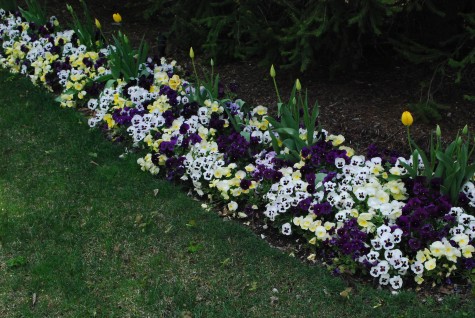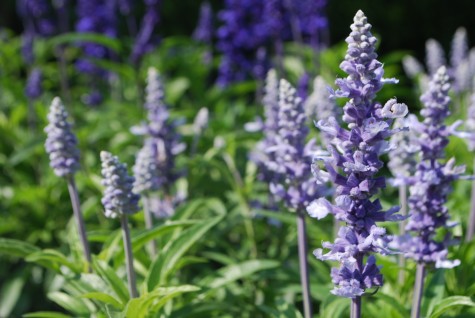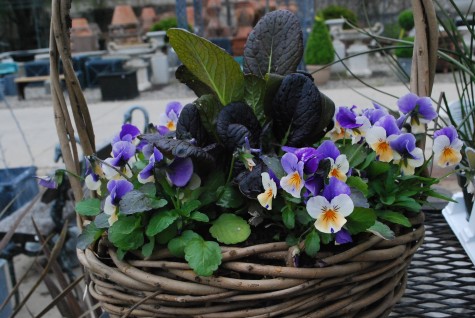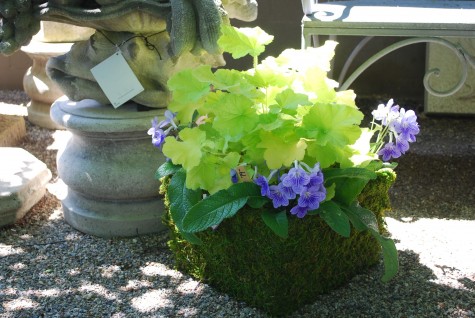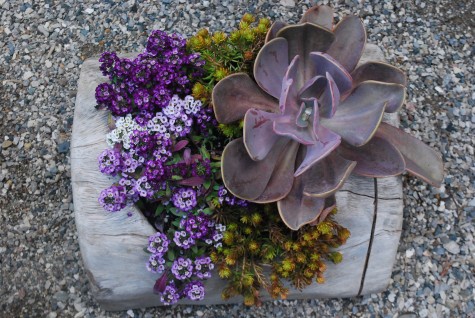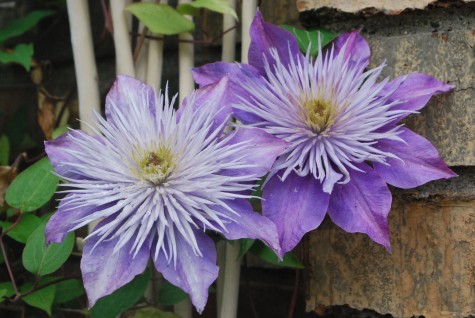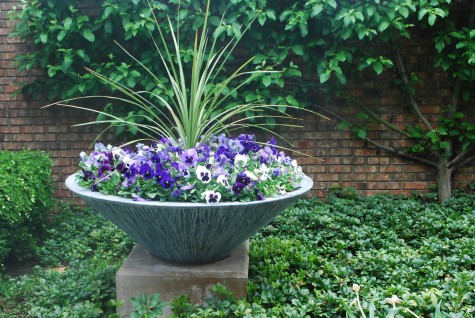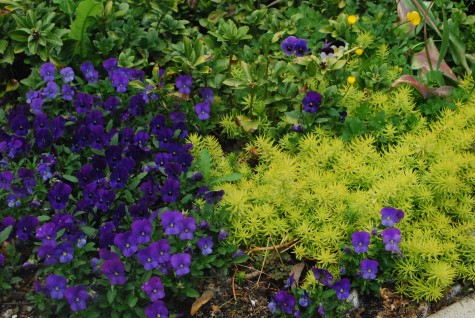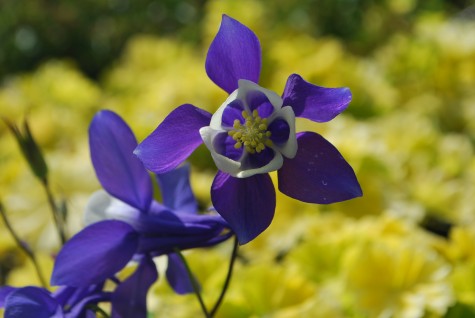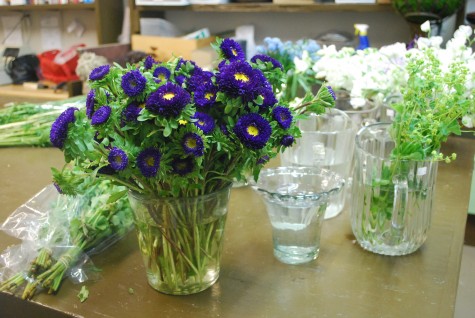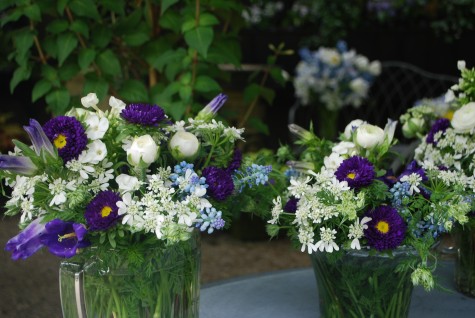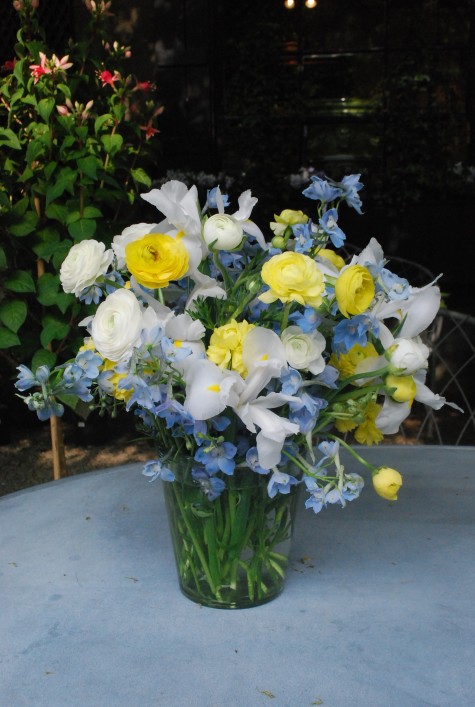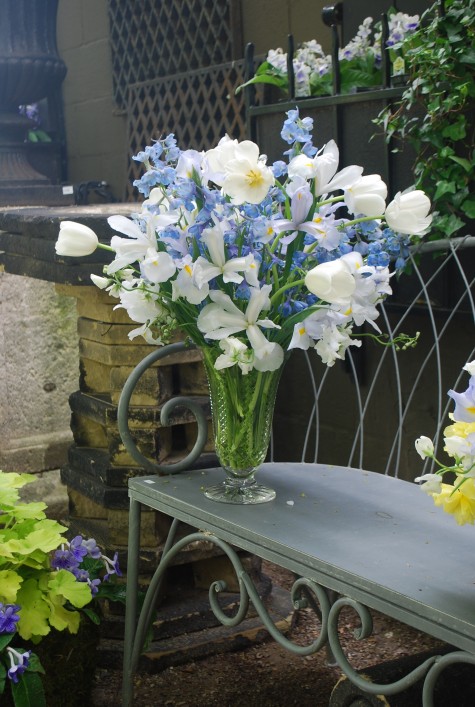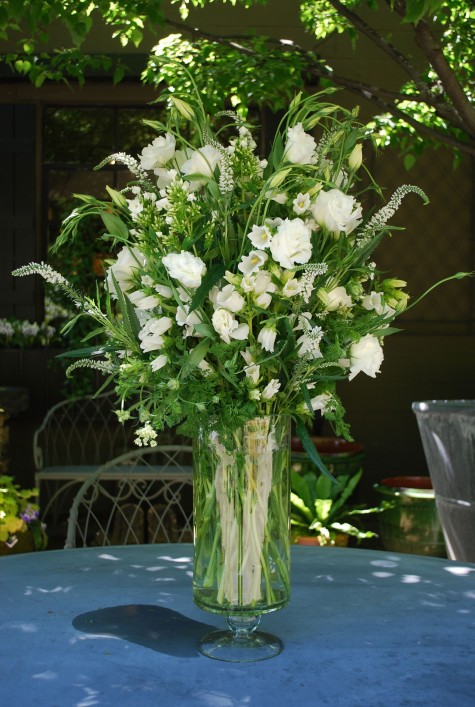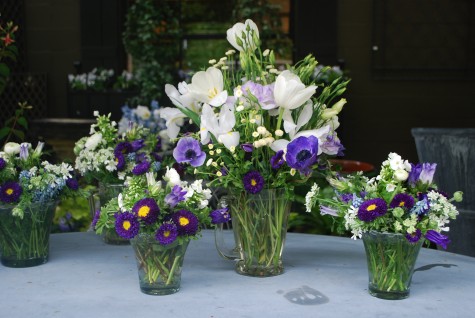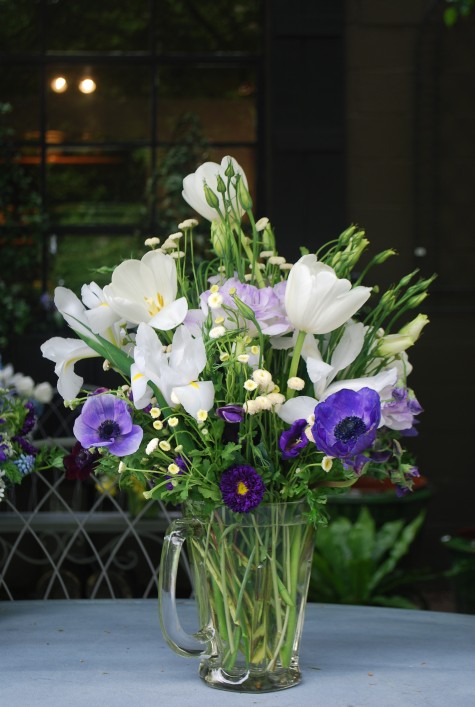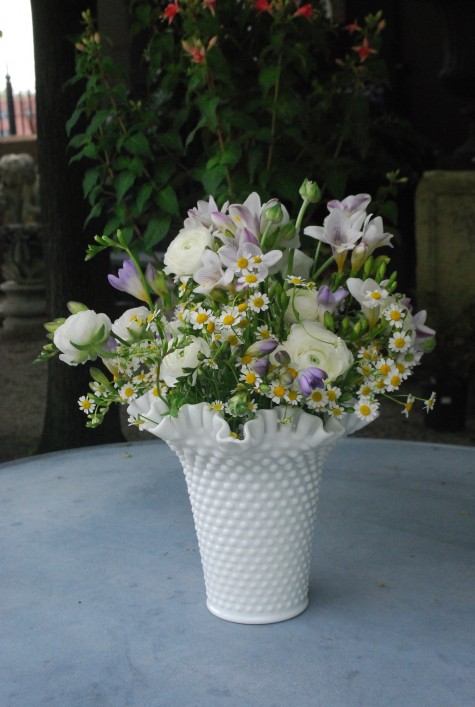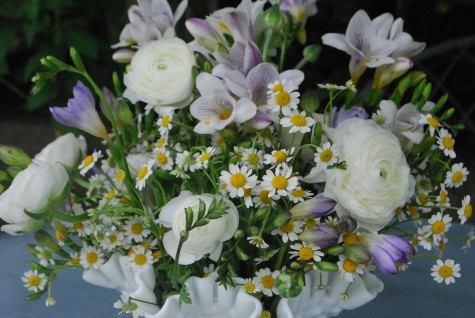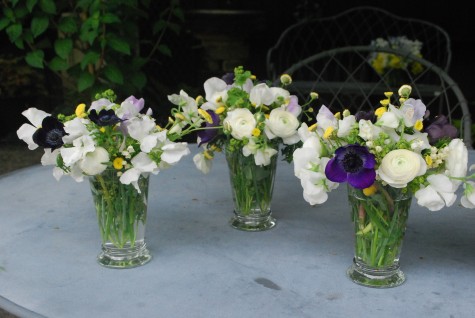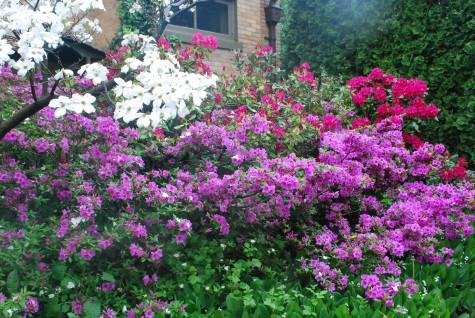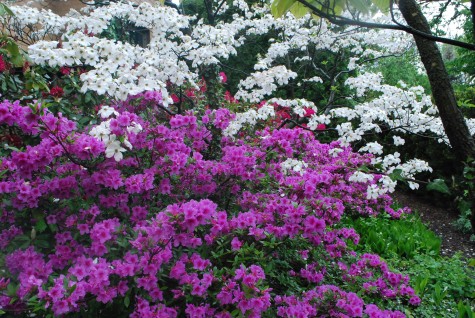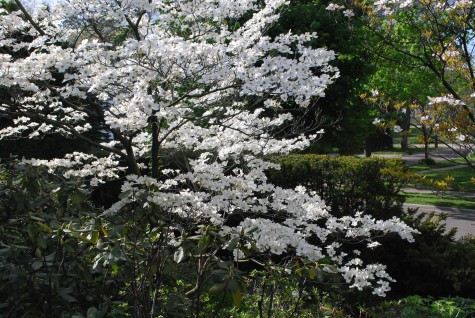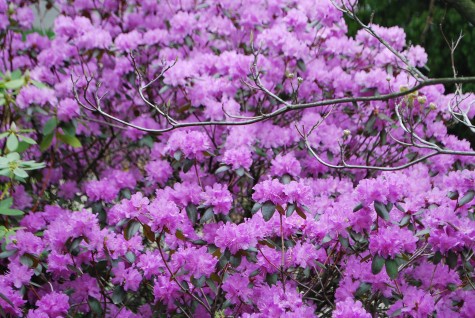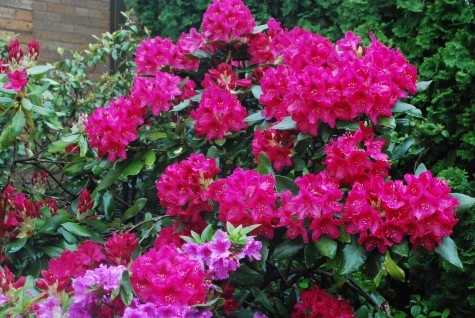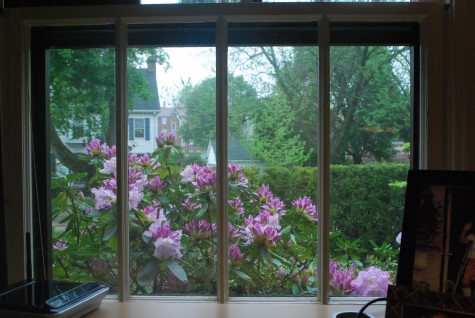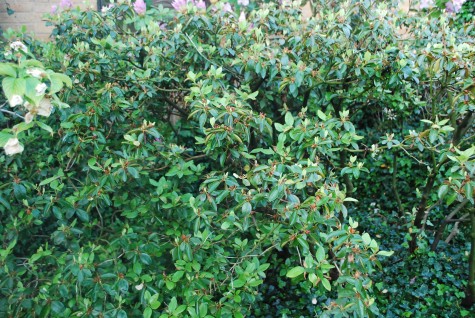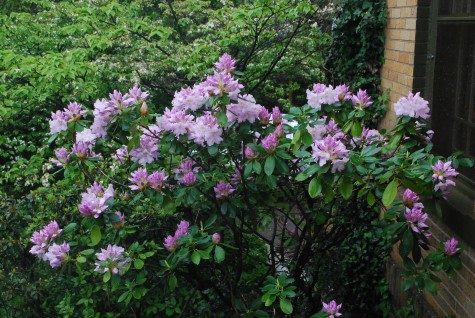Mother’s Day falls in early May, just as the garden and their gardeners are waking up and working hard bringing on the new season. Like tens upon thousands of countless other kids, I was brought up, nurtured, and loved by a very special Mom. By this I mean a parent whose unconditional love helped me to be. A Mom who read to me, taught me, showed me how to plant my first seeds and helped me weather no end of storms. A Mom who forgave me my shortcomings. A Mom who encouraged me to be independent. She made sure that I not only drank my milk, but that I knew where it came from. May 1 was the 10th anniversary of her death-I still miss her.
Though I wrote about this is a past Mother’s Day post, I am writing about it again. In 2004, a client, whose wife and mother of his children was suffering from an incurable illness, called. Could I possibly make a visit on Mother’s Day? He wanted me to talk to her about what changes and what annuals would go in the garden that year. He asked if I could plant their project first, as he felt the time she had left was running short. I drove those many miles out to Oakland Township to meet with them. They made the rounds of the gardens with me. Her concern for her husband, her four children, and her garden was evident. I could see that no matter her illness, she wanted to discuss the future of the garden. Though that walk was difficult for her, the responsibility she felt towards those she had always nurtured seemed as robust as ever. Funny how one’s own troubles have a habit of fading away, when there is another in need of help. She was a Mom I hold in great regard, and I will never forget that particular Mother’s Day.
I write about this again, as this Mother’s Day, he came by. He was on his way to a Mother’s Day brunch with his wife’s mother. He tells me that though it is hard to be both and Mom and a Dad, all of his kids are doing well. He wanted to be sure his garden was on my list of places to plant for the summer. Did the garden need anything? That I still look after their garden was a Mother’s Day moment for me. I can’t help but think it was no accident that he came by yesterday.
There are other women who have provided me with great inspiration and encouragement. Mien Ruys and Xa Tollemache. Kathryn Gustafson, Beatrix Farrand, Andrea Cochran, Ursula Buchan, Marella Agnelli, and Claude LaLanne. A real list would be miles longer than this, and would certainly include Eleanor Roosevelt. A thorough list would include some nurturers of the male variety- Dick Beier, Fletcher Steele, Geoffrey Bellicoe, Jacques Wirtz and Fernando Caruncho. The most comprehensive list has lots and lots of names. I like the Mother’s Day holiday. It is a chance to honor those who have been nurturing, and a reminder to nurture anyone and anything that means something to me.
